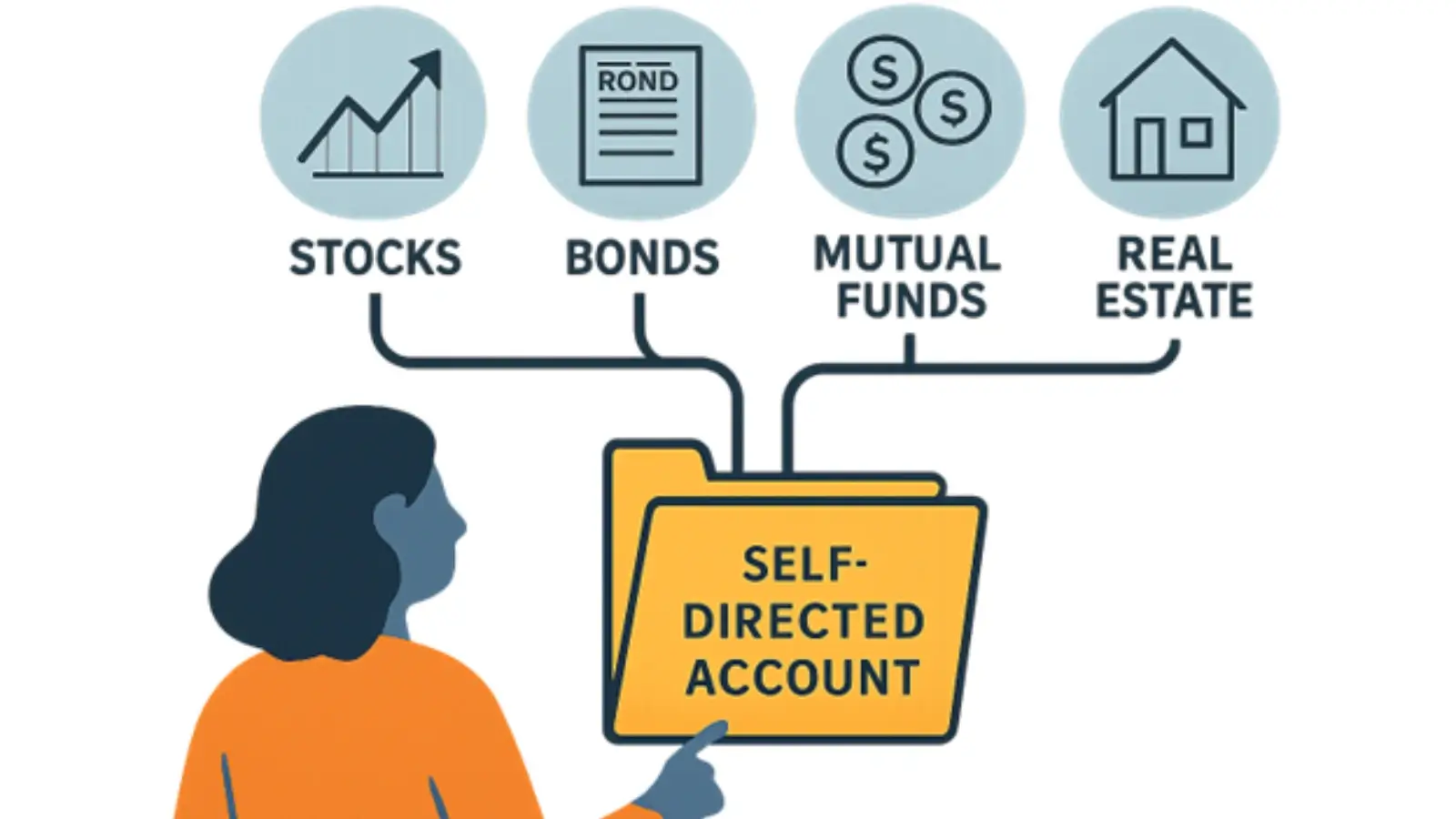


As traditional retirement plan structures become less effective at meeting the diverse needs of modern investors, self-directed accounts (SDAs) have gained significant traction. These specialized features within employer-sponsored plans unlock the potential for personalized investment choices that extend far beyond standard investment menus, allowing participants to influence their retirement portfolio outcomes directly. A growing number of plan sponsors now offer SDAs to allow for greater flexibility and choice—including pioneering tools like PathFinder Retirement—which make it easier for individuals to access, manage, and optimize their investments.
With SDAs, participants aren’t limited to a narrow list of pre-selected mutual funds or target-date strategies. Instead, they can explore a broader universe of assets, including equities, bonds, real estate investment trusts (REITs), and other investments. This capability enables active investors to build custom portfolios that reflect their unique financial goals, risk tolerances, and time horizons.
For individuals who feel confident managing their savings, this autonomy translates into more precise retirement planning. By carefully selecting investments tailored to one’s own preferences, there’s potential for greater satisfaction not just with the outcomes, but with the process itself. However, successfully navigating SDAs is a responsibility that brings both opportunity and heightened risk, making education and due diligence crucial prerequisites.
Despite their clear benefits, self-directed accounts introduce distinct challenges. One of the primary considerations is the level of investment knowledge required to make informed decisions. Unlike standard retirement solutions, where allocations are managed or preset, SDAs expect the participant to act as their own portfolio manager. This includes understanding diversification, stock research, and even how broader market forces can affect returns.
The legal foundation for self-directed accounts is rooted in guidance from the Internal Revenue Service (IRS), which governs participant-directed accounts within employer-sponsored plans. The IRS encourages sponsors to provide sufficient education to participants, ensuring they understand both their options and obligations. Participants must also comply with plan-specific rules, contribution limits, and prohibited transactions, necessitating careful adherence to regulations.
Staying within the boundaries established by the IRS and your plan provider is essential for maintaining the tax advantages that make retirement accounts so powerful.
The ecosystem surrounding SDAs is rapidly evolving, shaped by technological innovation and changing investor needs. A notable example is AssetMark’s enhancement of its Self-Directed Brokerage Account (SDBA) solution, which enables financial advisors to integrate employer-sponsored retirement assets directly into clients’ broader wealth management plans. This kind of seamless architecture reflects a shift toward holistic, investor-centric retirement planning strategies.
Market surveys show a growing appetite among plan participants for greater autonomy, and providers are responding by expanding available asset classes and user support tools. The rise in online education, robo-advisors, and fee-transparency initiatives is helping participants use SDAs more confidently and effectively than ever before. For those working with financial professionals, these advances can also foster more dynamic discussions about how workplace retirement accounts align with long-term family financial and estate planning objectives.
Self-directed accounts within retirement plans offer a unique blend of empowerment and responsibility. By offering expanded investment options and increased individual oversight, SDAs have become a valuable solution for those seeking to tailor their retirement strategy beyond traditional offerings. However, their success relies on informed participation, awareness of risks, and ongoing education.
Plan participants considering SDAs should carefully assess their own experience, seek guidance from credible resources, and consult with financial professionals as needed to inform their decision. When approached prudently, these flexible accounts can help support a more secure and personalized path toward retirement.